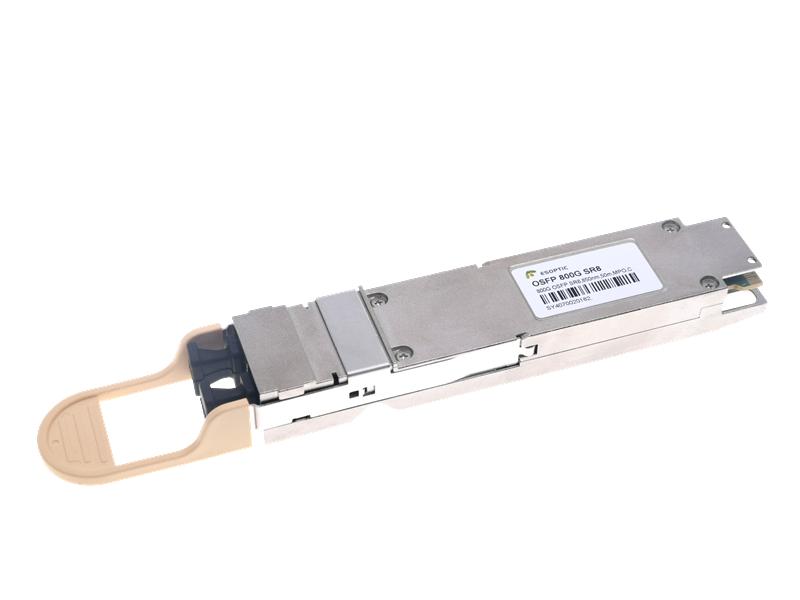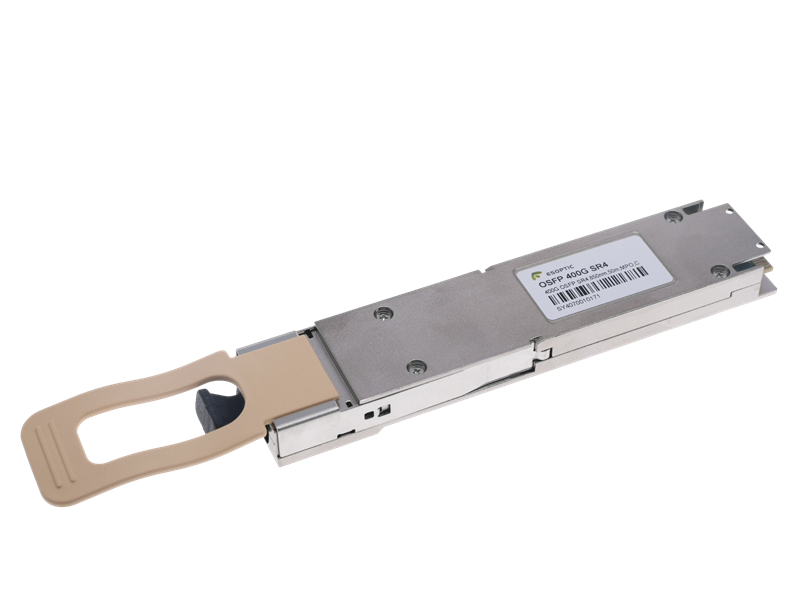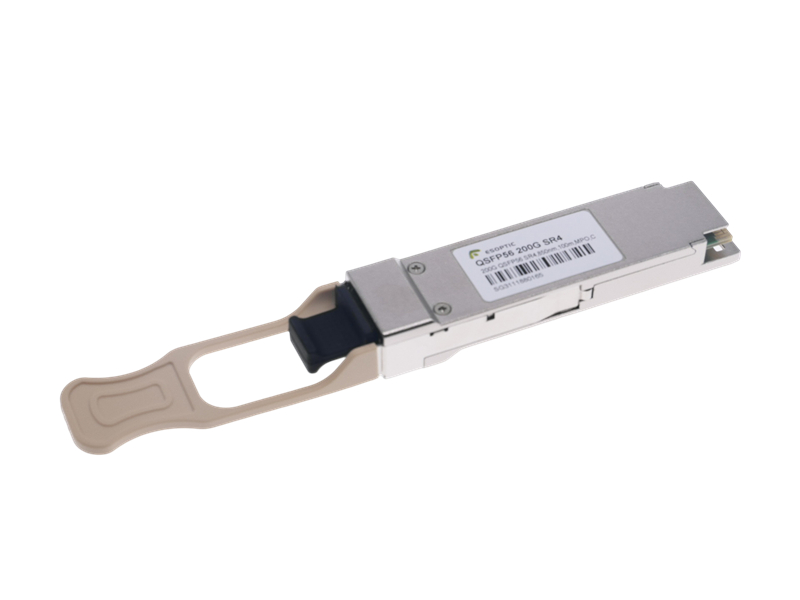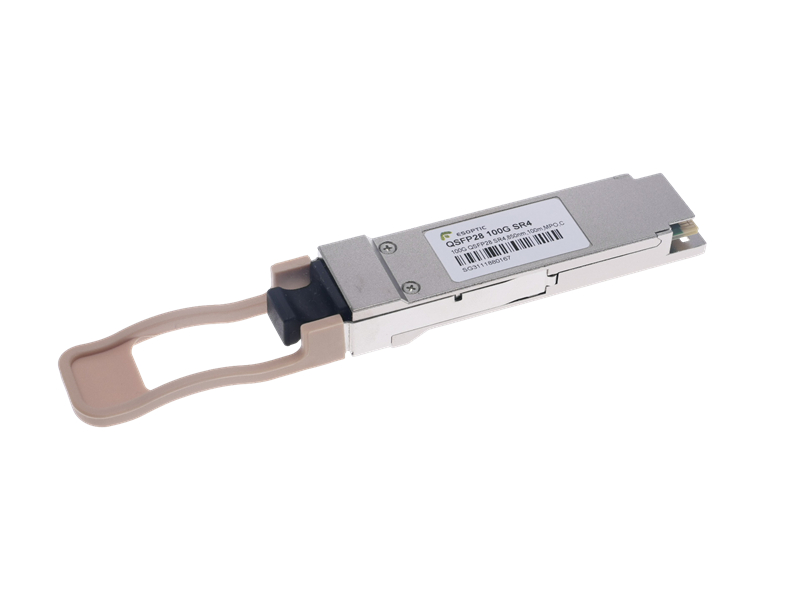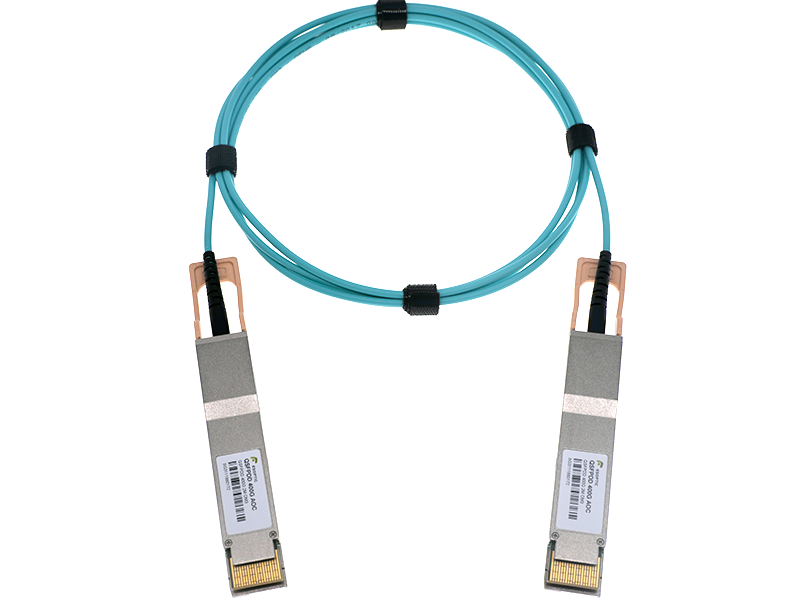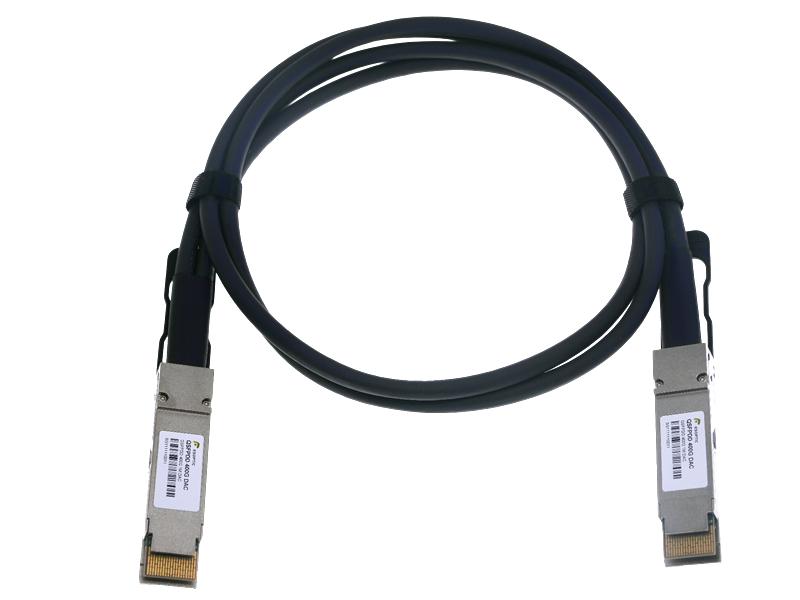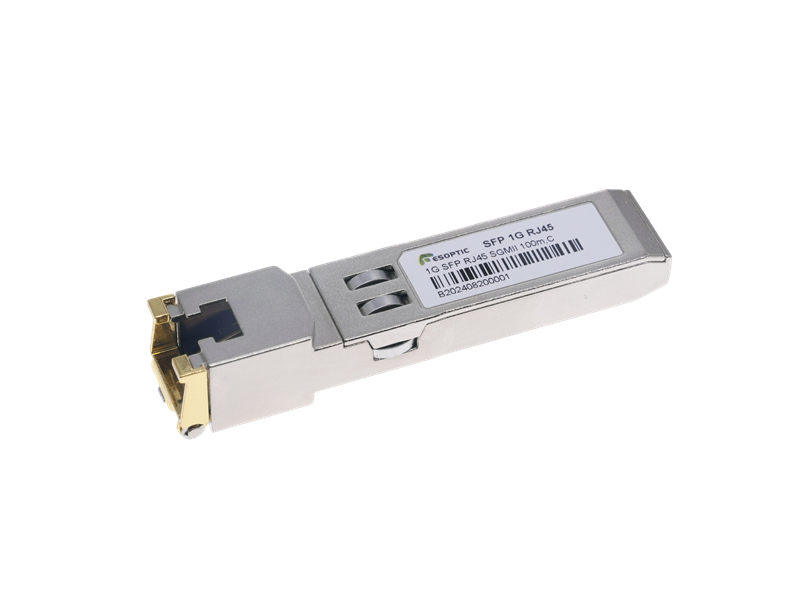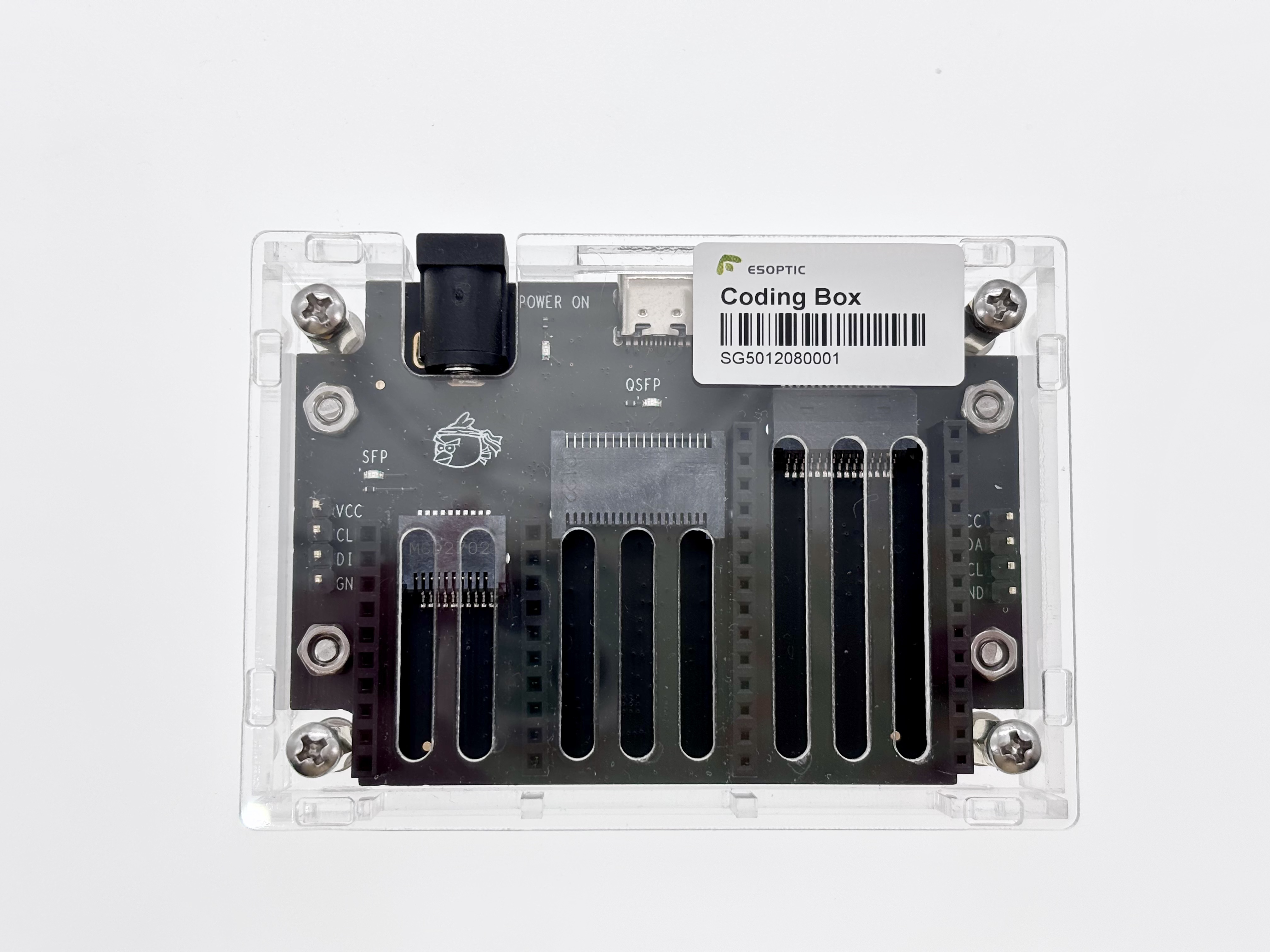As data centers continue to evolve with rising demands for speed and scalability, 800G transceivers have quickly emerged as the backbone of next-generation high-speed networking. Designed to support massive data throughput and optimized for efficiency, these modules are becoming essential for hyperscale and enterprise-level deployments. This article explores how to choose the right 800G transceiver for your data center, based on factors like transmission distance, interface type, compatibility, and cooling. Whether you're upgrading infrastructure or planning a new build, understanding the key specifications and considerations of 800G transceivers will help you make smarter investments in your data center.
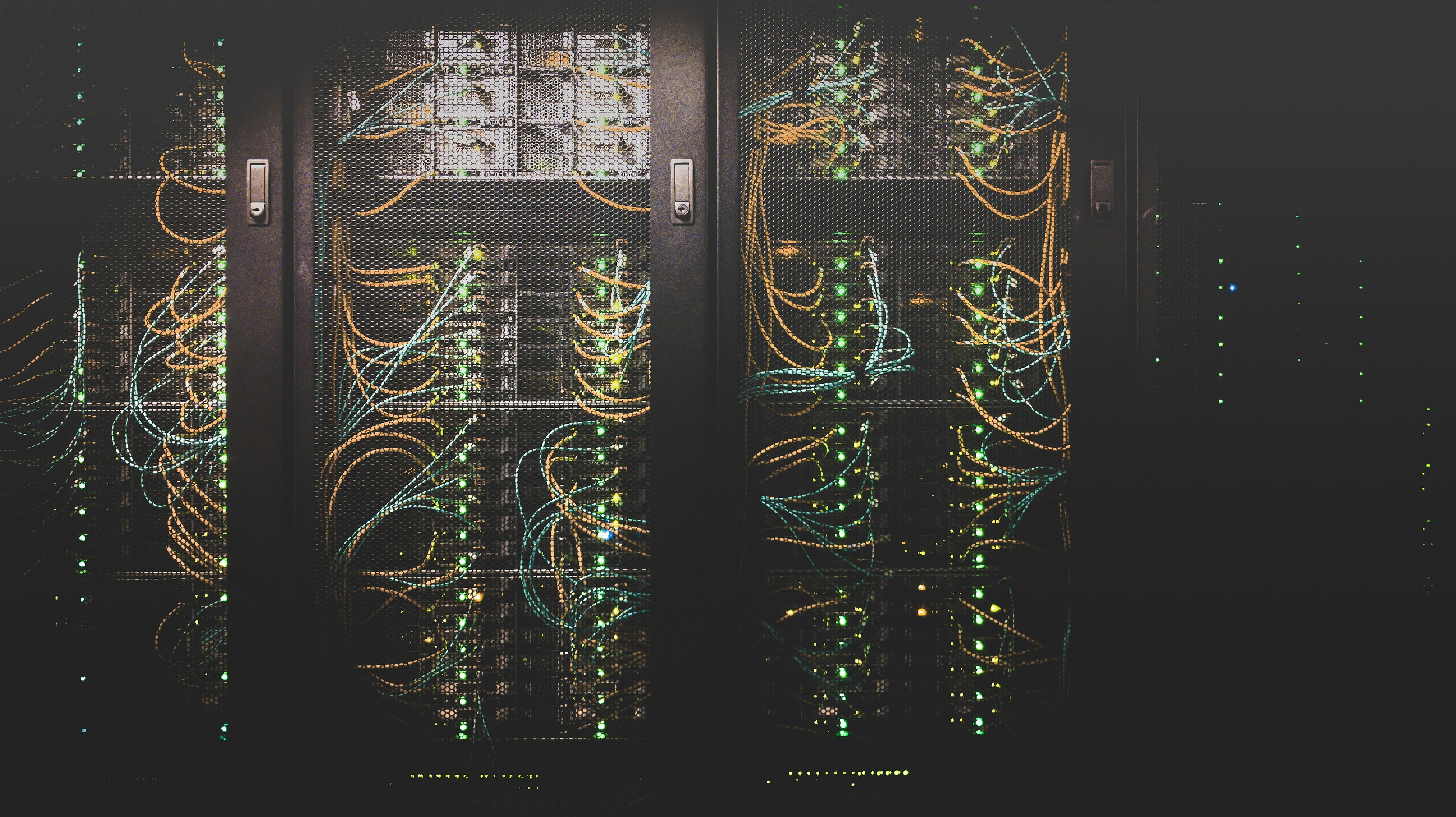
Understanding the Role of 800G Transceivers in Modern Data Centers
The exponential growth of data traffic—driven by AI, machine learning, cloud computing, and IoT—has prompted data centers to scale up rapidly. 800G transceivers are a direct response to this surge in bandwidth demand. These high-capacity optical modules aggregate eight lanes of 100G each and are typically built using PAM4 modulation, offering greater efficiency over shorter and medium distances.
In modern data centers, 800G transceivers are deployed to meet the challenges of high-density environments, helping reduce the number of links and thus simplifying cable management. They're also vital for reducing power consumption per bit—an increasingly critical metric in sustainable data center operations.
Key Factors When Selecting an 800G Transceiver
Choosing the right 800G transceiver depends on several technical and operational criteria:
1. Transmission Distance and Reach
800G transceivers are available in multiple variants, including SR8, DR8, and FR8, each supporting different transmission distances. For example:
800G SR8: Ideal for short-reach applications (up to 100m) using multimode fiber (MMF).
800G DR8: Supports up to 500m over single-mode fiber (SMF).
800G FR8 or LR8: Designed for longer distances, ranging from 2km to 10km.
Choose based on the layout of your data center and the required link distances between server racks, switches, or across facilities.
2. Form Factor and Interface Compatibility
The majority of 800G transceivers adopt the QSFP-DD and OSFP form factors. Both are designed to support higher density and thermal management:
QSFP-DD is backward-compatible with existing QSFP infrastructure, making it ideal for phased upgrades.
OSFP offers slightly better thermal dissipation but requires new infrastructure.
Make sure your switches or routers support the selected form factor, and verify if the transceiver works with your existing host systems.
3. Power Consumption and Heat Dissipation
With increased bandwidth comes increased heat. 800G modules typically consume between 12W to 16W per module, depending on the type and transmission reach. It’s crucial to ensure your data center's cooling system can handle this additional thermal load, especially when scaling to hundreds or thousands of ports.
4. Application Scenarios and Protocol Support
800G transceivers are widely used in spine-leaf network topologies, high-frequency trading environments, and inter-data center links. Depending on your application, confirm that the transceiver supports required protocols like Ethernet, InfiniBand, or Fibre Channel.
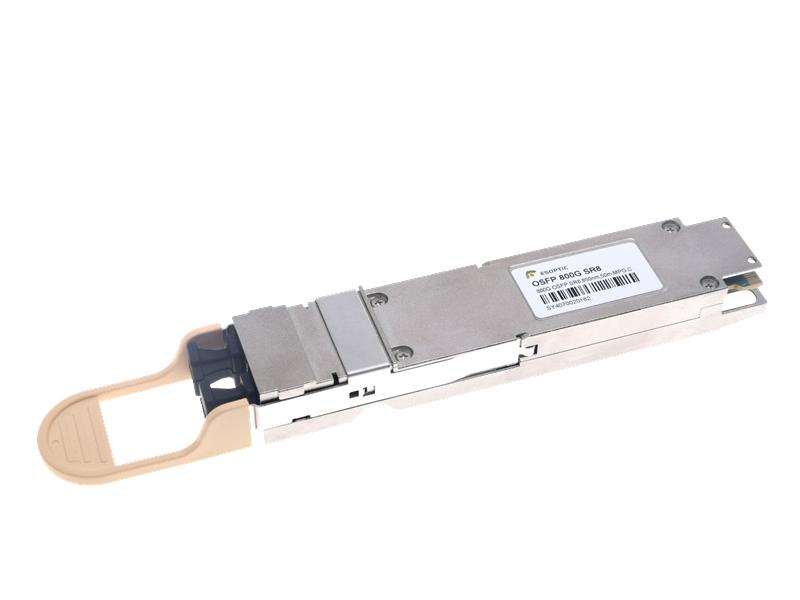
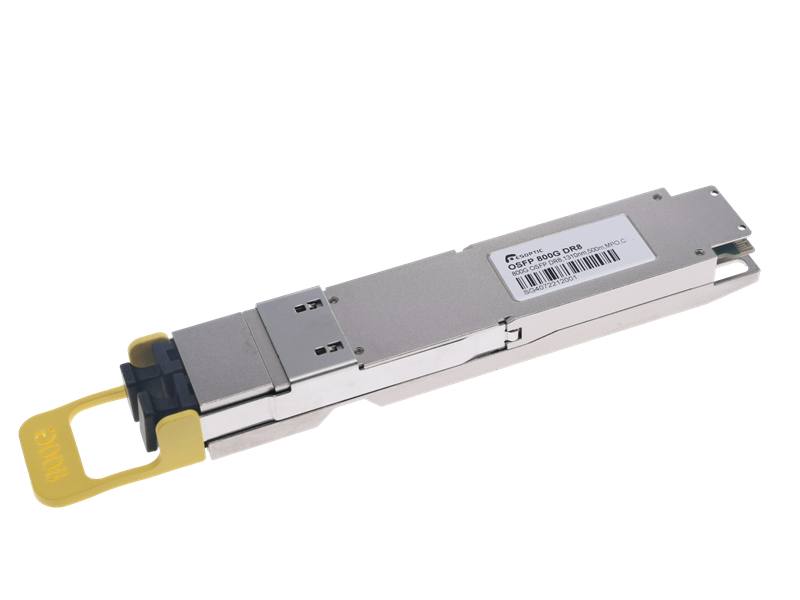
Deployment Tips: Maximizing Performance with 800G Modules
To fully leverage the potential of 800G transceivers, consider the following deployment strategies:
Fiber Type Matching: Ensure that your cabling (MMF or SMF) matches the type of transceiver to avoid loss or signal degradation.
Structured Cabling: Implement a structured cabling system to simplify maintenance and scale efficiently.
Upgrade Planning: If upgrading from 400G or 100G, evaluate whether a gradual rollout with hybrid deployments is more practical.
Vendor Compatibility: Opt for transceivers that are either multi-vendor compliant (MSA) or certified compatible with your existing hardware.
By planning deployment carefully, you can avoid common issues like mismatch errors, excessive insertion loss, or thermal constraints.
FAQs: Choosing 800G Transceivers for Your Data Center
Q1: What’s the difference between OSFP and QSFP-DD for 800G transceivers?
A: OSFP supports slightly higher power and better cooling, while QSFP-DD is backward-compatible with QSFP modules—ideal for incremental upgrades.Q2: Can I use 800G transceivers in a 400G network?
A: Not directly. However, breakout cables or specific configuration settings can allow for backward compatibility in some scenarios.Q3: Are 800G transceivers suitable for long-haul transmission?
A: Standard 800G modules are optimized for short-to-medium reach. For long-haul applications, specialized coherent modules or DWDM systems are preferred.Q4: How do I manage heat when deploying high-density 800G transceivers?
A: Use OSFP when possible for better thermal performance, ensure sufficient airflow, and consider front-to-back cooling systems in high-density racks.Q5: What’s the average lifecycle of an 800G transceiver?
A: With proper handling and within spec operation, an 800G transceiver can last 5–7 years, similar to other optical modules.
Future-Proofing Your Data Center with 800G Transceivers
The adoption of 800G transceivers marks a key shift in the data center landscape. As workloads grow more complex and latency-sensitive, the ability to transmit vast amounts of data reliably becomes a competitive differentiator. Investing in 800G transceivers today not only prepares your infrastructure for tomorrow’s bandwidth needs but also improves operational efficiency through higher port density and lower cost per bit.
As more data centers worldwide adopt 800G architecture, now is the time to evaluate your infrastructure’s readiness and make informed choices. From selecting the right form factor to aligning with your network topology, every decision shapes the efficiency, scalability, and sustainability of your data center.


